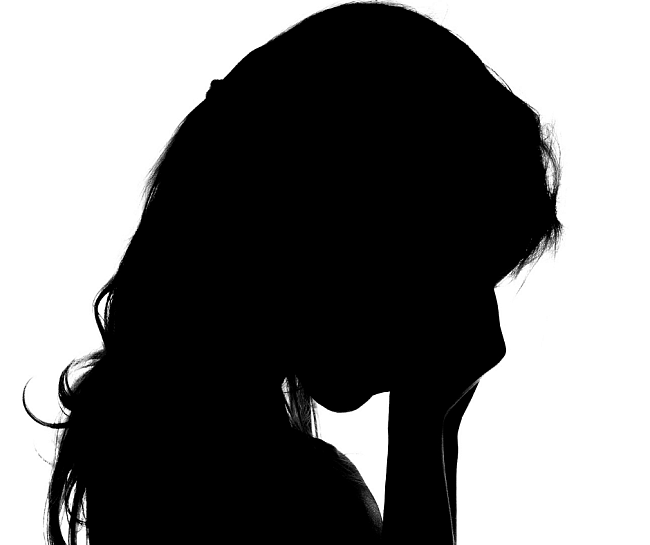 Child sex abuse material (previously known as “child pornography”) is material that visually depicts children under the age of 18 engaged in actual or simulated sexual activity, including lewd exhibition of the genitals. A child cannot legally give consent to these acts, and yet these prosecutable crimes are just a click or a swipe away from viewing—whether intentionally or accidentally.
Child sex abuse material (previously known as “child pornography”) is material that visually depicts children under the age of 18 engaged in actual or simulated sexual activity, including lewd exhibition of the genitals. A child cannot legally give consent to these acts, and yet these prosecutable crimes are just a click or a swipe away from viewing—whether intentionally or accidentally.
How Does Viewing CSAM Harm Individuals, Especially Children?
- Children whose sexual exploitation/abuse is depicted are forced to suffer a lifetime of re-victimization and trauma each time the image of their sexual abuse is viewed.
- Lasting psychological damage to the child may result, including disruptions in sexual development, self-image and difficulty developing trusting future trusting relationships.
- Sexual abuse of children is illegal, as are images depicting their abuse.
It is ALWAYS illegal to produce, distribute or possess child sex abuse material in the United States!
Report CSAM to www.cybertipline.com or call 1-800-THE-LOST.
The Role of “Sexting” and “Revenge Porn
- CSAM can be used by pedophiles as tools of sextortion, revenge porn and other forms of sexual exploitation and shaming.
- “Sexting,” or sending explicit or nude pictures or videos to others via cell phones, computers, social media or any digital device, may be a crime under both federal and state laws with the person depicted in the images is under the age of 18 year’s old.
- “Revenge porn” (also known as nonconsensual pornography) is the act of sharing or posting nude, partially nude, or sexually explicit
- images of someone online without consent and is against both civil and criminal law.
- Child pornography charges can be brought under both state and federal child pornography laws whenever a person sends or receives an explicit image of a person under 18.
Conversation Starters:
Ask your child:
- What kind of information do you consider safe or unsafe to share online?
- Would it be easy for someone to track you down?
- Have you ever said/posted anything online you wish you could take back?
- Has anyone ever hurt your feelings with something they posted about you online?
- Have you been contacted online by a stranger? If so, what did you do/say?
- Has anyone ever asked you to send (or sent you) pictures or videos that made you feel uncomfortable?
- Do you know what the word ‘consent’ means?
- If someone said that you had to send them a picture or video “or else,” what do you think you should do?
By the Numbers: according to the Department of Justice, prior to Covid, law enforcement was already at a breaking point at prosecuting most heinous online sex crimes against children such as child sex abuse images and online virtual molestation. The sexual exploitation of children has been exacerbated exponentially with the COVID-19 pandemic and is at an all-time high:
- In 2021, NCMEC received more than 29.3 million (up 35% over 2020) CyberTipline reports containing over 84.9 million images, videos, and other content related to suspected child sexual exploitation (up 29.8% over 2020).
- 2020 was a record-breaking year, with more than 21.7 million reports of suspected child sexual exploitation made to National Center for Missing and Exploited Children’s (NCMEC’s) CyberTipline, the highest number of reports ever received in one year.
CLICK BELOW FOR A MESSAGE FROM DONNA RICE HUGHES
 Child sex abuse material (previously known as “child pornography”) is material that visually depicts children under the age of 18 engaged in actual or simulated sexual activity, including lewd exhibition of the genitals. A child cannot legally give consent to these acts, and yet these prosecutable crimes are just a click or a swipe away from viewing—whether intentionally or accidentally.
Child sex abuse material (previously known as “child pornography”) is material that visually depicts children under the age of 18 engaged in actual or simulated sexual activity, including lewd exhibition of the genitals. A child cannot legally give consent to these acts, and yet these prosecutable crimes are just a click or a swipe away from viewing—whether intentionally or accidentally.